Step-by-Step Guide to the Invoice Registration Process
E-invoicing has simplified tax compliance and business transactions. It encourages transparency and eliminates a host of errors. Verification and Archival of IRP: The GST e-invoicing system provides this crucial functionality that lets businesses validate and digitally save the issued invoices. The following section is a step-by-step guide to the invoice registration process, and guide on its applicability and major considerations for compliance.
What is Invoice Registration Portal (IRP)?
The IRP is the official portal of the Government of India, authorized for the validation and registration of invoices under the GST. Every invoice carries a unique IRN and QR code, making it original and eliminating any duplicate.
Key Functions of IRP
Invoice validation and digital signing.
Generation of IRN and QR codes.
GST and e-way bill systems.
Compliances under the regulations of e-invoicing.
What is Invoice Registration Process?
The invoice registration process is the process of submitting a B2B invoice to the IRP, where it is validated, signed digitally, and assigned a unique IRN before being integrated into the GST system.
Where to Register for e-Invoicing?
Businesses need to register on the Invoice Registration Portal (IRP) to generate e-invoices. Some of the government-approved IRP portals are.
How to Generate e-Invoices?
Businesses can create e-invoices by sending invoice information through various channels, such as API integration, bulk upload, and web-based methods. The IRP then verifies and issues an IRN before returning the signed invoice.
Time Gap for Submission of Documents to IRP
GSTIN recommends that the invoice be registered on the IRP within 24 hours. In case it is not registered within the given time, invoices will not be validated, and penalty will be charged for non-compliance.
E-Invoice Generation on IRP
IRP performs several processes for smooth and easy registration of invoices. A few of the major functions include the following
Generate IRN/Invoice Reference Number
Check for de-duplication for avoiding fraudulent entry.
Digital sign of validated invoice for authenticity
Generate QR codes for easy authentication
Mail the invoice to suppliers/customers
Off-line app facility for businesses who are working in low-internet areas
Integration with GST and e-way bill system, which automatically fetches the GST and e-way bill details in the system, thus making all the compliance processes automatic.
E-invoice Generation
1. Generation of E Invoice Manually
- Login on IRP portal.
- Enter invoice details.
- Generate IRN and download the digitally signed invoice.
2. Generate E-Invoice in GST Portal
- Access the e-invoicing section on the GST portal.
- Upload invoice details.
- Validate and obtain IRN.
3. Generate E-Invoice for Unregistered Persons
- Businesses can generate B2C invoices for record purposes but do not need to register for IRN.
Who Should Register for E-Invoicing?
| Annual Turnover |
Mandatory E-Invoice Implementation Date |
| Exceeding ₹500 crore |
1st October 2020 |
| Exceeding ₹100 crore |
1st January 2021 |
| Exceeding ₹50 crore |
1st April 2021 |
| Exceeding ₹20 crore |
1st April 2022 |
| Exceeding ₹10 crore |
1st October 2022 |
| Exceeding ₹5 crore |
1st August 2023 |
How to Register for E-Invoicing?
Step-by-Step Registration Process
Visit IRP Portal : einvoice1.gst.gov.in.
Registration Selection : On 'e-Invoice Registration'
Insert GSTIN & Captcha : Enter GST, along with Captcha
Auto filled Details : For verification of details received by way of GST reports.
- Verification of Detail : Verify details to be certain before applying for registration.
- Entering OTP & Confirmation : Verify through the one-time password sent on mobile no. registered or through Email.
- Set Username & Password : Set up login for future.
- Complete Registration : Start E-invoice Generation
Modes of Registering Invoices
Companies can register invoices through the following modes
Web-based through Bulk Upload : Upload several invoices at a time.
API-Based : Integration with ERP and accounting software.
Mobile App-Based : Register invoices through smartphone.
GSP-Based : Register through a GST Suvidha Provider (GSP).
The registration of the invoice is an important process under GST for business. Integration with e-invoicing will improve transparency, remove manual errors and make the task of filing tax easier. A company gets registration on IRP portals that brings compliance and streamlines invoicing operations.

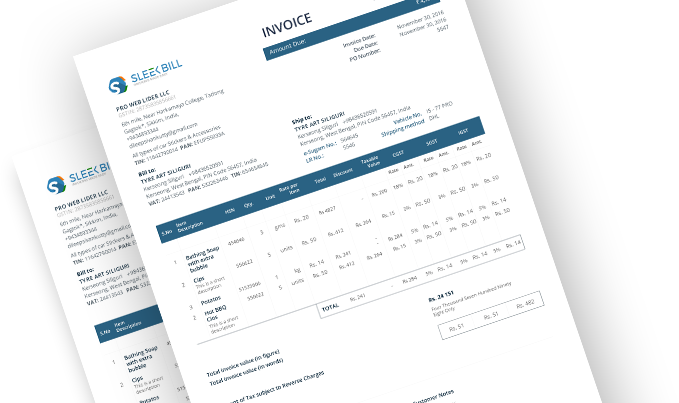









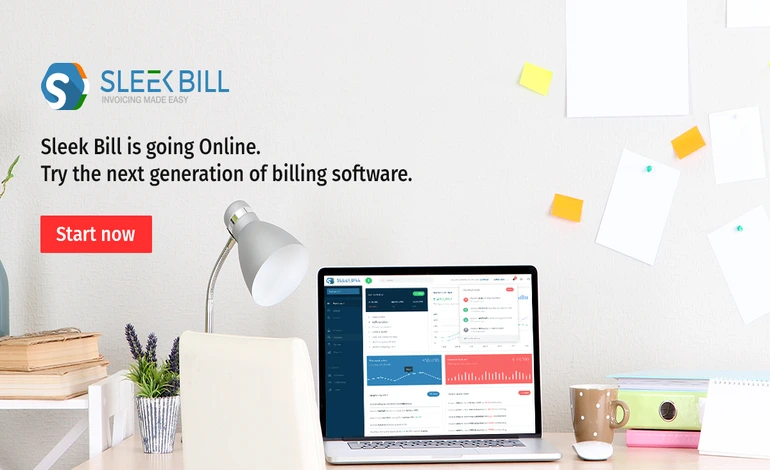

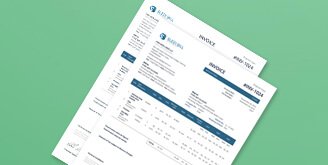 GST Invoice Format
GST Invoice Format
 GST Billing Benefits
GST Billing Benefits


 GST Credit Note
GST Credit Note
 GST Online Advantages
GST Online Advantages

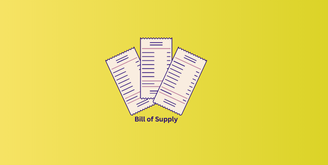
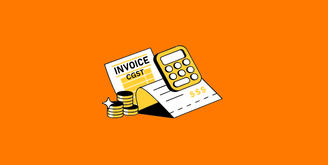





 Free training & support
Free training & support 60K Happy Customers Worldwide
60K Happy Customers Worldwide Serious about
Serious about